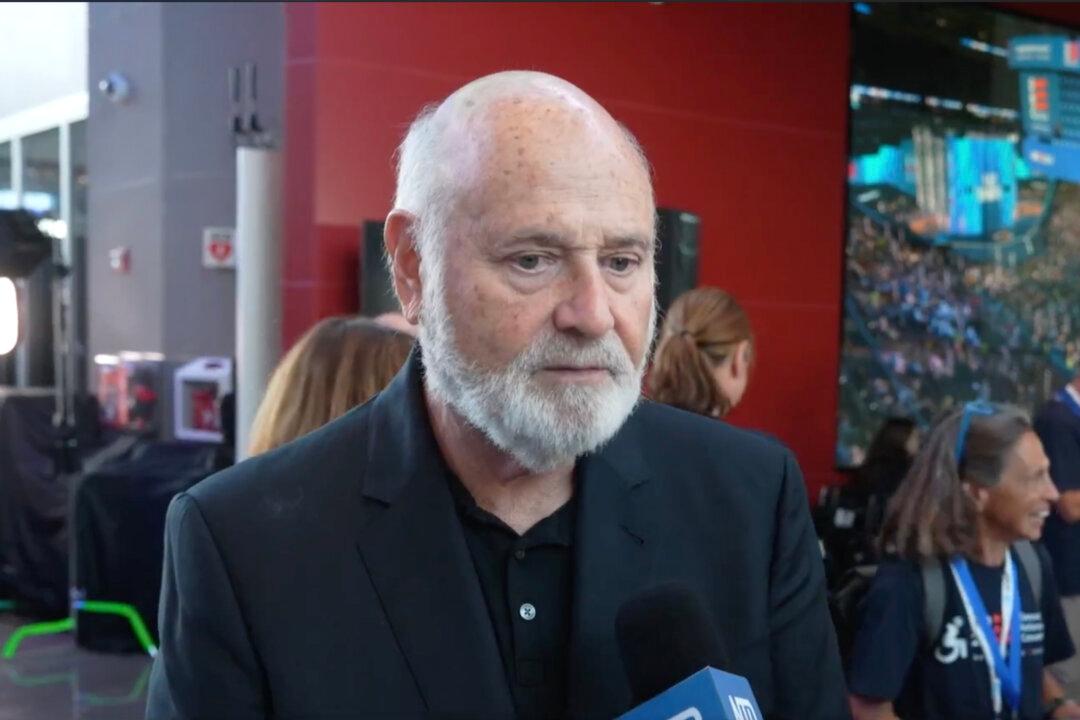CAPE CANAVERAL, Fla.—NASA is offering up wreckage from the Challenger and Columbia for public view after hiding it from the world for decades.
A new exhibit at Kennedy Space Center features two pieces of debris, one from each lost shuttle, as well as poignant, personal reminders of the 14 astronauts killed in flight.
It is an unprecedented collection of artifacts — the first time, in fact, that any Challenger or Columbia remains have been openly displayed.
NASA’s intent is to show how the astronauts lived, rather than how they died. As such, there are no pictures in the “Forever Remembered” exhibit of Challenger breaking apart in the Florida sky nearly 30 years ago or Columbia debris raining down on Texas 12 years ago.
Since the tragic re-entry, Columbia’s scorched remains have been stashed in off-limits offices at the space center. But NASA had to pry open the underground tomb housing Challenger’s pieces — a pair of abandoned missile silos at neighboring Cape Canaveral Air Force Station — to retrieve the section of fuselage now on display.
The exhumation was conducted in secrecy. Everything about the exhibit, in fact, was kept hush-hush during the four years it took to complete the project, out of respect to the dead astronauts’ families.






